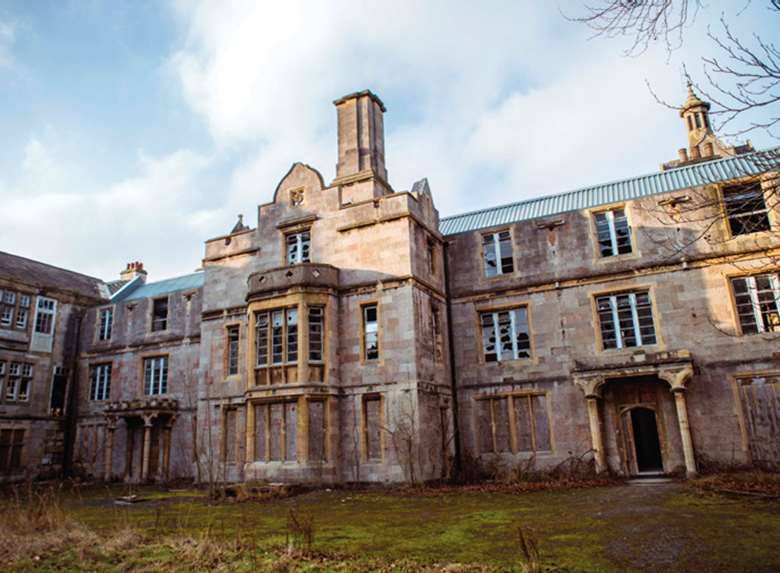One-off Workshop: Practitioner workshops: Stanislavski, Brecht and Artaud
Vickie Smith
Saturday, December 1, 2018
A session introducing students to three key practitioners

Clem Hencher-Stevens/Shutterstock
Starter
Trumps, theatre styles: In pairs come up with a number which represents how many theatre styles they can name that they have looked at so far in their drama education.
Naturalism
Introduce the idea of naturalism. Students come up with a definition of what they think this might be. Explain that the idea of this theatre was for the performance to show real life on stage. Introduce Stanislavksi and his ‘objectives’.
An objective is something a character wants to achieve, this always starts with I want/I wish – for example: I want to tell her she is the most important person to me. Objectives can be hidden and words may not express a person's intent.
Activity ask for three volunteers. Give each one an objective which secretly clashes with the others. The group improvises a scene while trying to achieve their objective.
- A is reading in peace at a train station.
- B has a lot of luggage and wants to have a conversation with A
- C is a thief who wants to steal some of B's luggage.
Discuss the effect of objectives – did having a goal help their improvisation?
Explain that this is a very basic idea of Stanislavski, whose theories go much wider, but the broad aim is that Naturalism reflects real life on stage and therefore a character must always have an objective to give them motivation, and sub-text to make the drama more realistic.
Ask students to act out a typical moment of their life – getting up in the morning – and make it as natural as possible. In real life they would probably not talk out loud to themselves, but they would have objectives. After this, repeat the exercise but this time they are to explain to an imaginary audience everything that they are doing – it is up to them whether they do this in the first of third person. What is the effect of this addition?
Epic theatre
The second practitioner they will look at went against Stanislavski's naturalism and wanted the audience to think about what they were watching. Where naturalism was about creating a natural play in which the audience lose themselves, Bertolt Brecht's epic theatre asked the audience to think and question the drama by making it clear that what they were seeing was not real.
FairytaleIn groups of three or four, students choose a fairytale and break the story down to three points.Explain that they will devise a short scene using narration to show the story and that the narrator must be a character in the story – refer back to the exercise where they had to explain what they were doing. They can do this in the third or first person. The key thing is that they need to think carefully about what they are trying to make the audience think about – in Hansel and Gretel, was the witch trying to help the children and judged badly because of the way she looks?Groups devise their fairytale using narration as the key skill to ensure the piece is informative rather than naturalistic. Once they have begun to create their scenes, inform them that each character must step out of the action and directly address the audience at least once. What do they want to communicate?
Theatre of cruelty
Explain that the last practitioner that they will explore in this workshop is different to both of the previous practitioners. Rather than educating the audience or entertaining them, Antonin Artaud's style of theatre aimed to give the audience a cathartic experience. Artaud referred to his theatre as Theatre of Cruelty and Total Theatre. The first refers to the idea of pushing actors and audiences to extreme states of experience so that they might transcend themselves. The latter refers to how this is achieved – a bombardment of the senses using light, sound, colour, costume, mask, music, and acting. Explain that they will create an Artaudian scene as a whole class.
Total theatre
- In pairs, develop three sounds that might appear in a Victorian asylum or medieval dungeon
- Join the whole class to recreate each one again, try to all agree on using a different sound each
- Try again but get them spread themselves around the room and add one action or gesture to go with that sound. It doesn't matter how bizarre it is. They may wish to join with another pair to work on the actions together (for example the rack in the dungeon)
- Get one person to come out of each one and to walk around the room. Try it with different lighting if possible, blackout, lights off, one light on and so on.
Explain that they have now looked at three different practitioners and some of their theories. There is so much more depth to each of them but they should now have a rough idea of three distinct styles of theatre.

